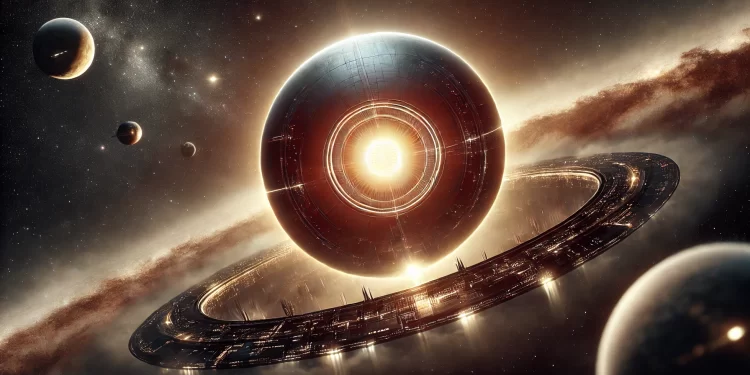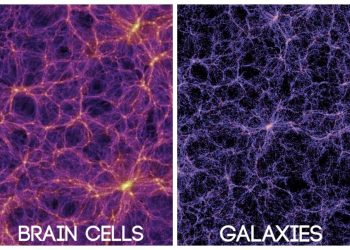In the vastness of space, the hunt for advanced extraterrestrial civilizations is a puzzle that continues to baffle scientists. One would think that any such civilization, with the capability to alter the cosmos, would be easy to detect. These hypothetical beings could wield unimaginable technological power, building structures that dwarf planets and possibly entire stars. Yet, instead of finding clear evidence, we are left searching for subtle clues, often wondering if we are looking in the wrong direction.
As pointed out by Universe Today, one of the most well-known concepts when it comes to spotting an advanced alien civilization is the Dyson sphere. A theoretical megastructure proposed by physicist Freeman Dyson, this sphere would completely enclose a star to capture all its energy. An energy-hungry civilization might use such a structure to power its colossal needs, potentially producing a detectable signature that radiates in infrared wavelengths.
Scientists have been scouring the cosmos for such phenomena, examining data from various telescopes and satellites. But despite some tantalizing leads, clear evidence has yet to be found. So why has the search been so elusive?
The Hephaistos Project: A New Approach
In an effort to find these elusive structures, researchers launched Project Hephaistos. This ambitious project combed through data from multiple sources, including the Gaia space observatory, the Two Micron All Sky Survey (2MASS), and the Wide-field Infrared Survey Explorer (WISE). By analyzing over five million cosmic objects, they narrowed the field down to seven candidates that exhibited unusual characteristics.
These objects, initially appearing to be M-type red dwarf stars, showed oddities in their spectra. This led researchers to believe that they could be potential Dyson spheres, objects hidden within a natural stellar guise. But as the famous saying goes, “extraordinary claims require extraordinary evidence,” and the reality turned out to be more complicated than initially hoped.
Are We Mistaking Dusty Galaxies for Alien Megastructures?
Almost immediately after the publication of Project Hephaistos’ findings, some astronomers pointed out an alternative explanation. These seven mysterious objects might not be alien megastructures at all, but rather galaxies known as Dust-Obscured Galaxies, or “hotDOGs.” Yummmy. These galaxies contain active galactic nuclei obscured by thick dust, making them appear as faint, star-like objects when viewed from Earth.
What makes this particularly challenging is that the spectra of hotDOGs can closely mimic what we expect from a Dyson sphere, leading to confusion in the data. While the idea of a galaxy cloaked in cosmic dust is fascinating, it doesn’t quite compare to the excitement of discovering an alien-built megastructure.
How Common Are Dyson Spheres?
A recent study published on the preprint platform arXiv takes a different approach. Rather than focusing on individual objects, the authors look at the overall distribution of these dusty galaxies. Statistically, around one in 3,000 quasars—another type of energetic galactic object—is a hotDOG. This means that any large-scale search for Dyson spheres is likely to include a number of these dust-enshrouded galaxies, making the task of finding true megastructures even more difficult.
Moreover, the study raises an important question: could an advanced civilization deliberately hide its structures from us? If a species is capable of building something as monumental as a Dyson sphere, surely they would have the technological prowess to obscure their infrared signature, preventing us from detecting them through our current methods.
Are We Truly Ready to Find Alien Civilizations?
I think not. But… As we refine our methods and expand our searches, one thing remains clear: the quest to find advanced extraterrestrial civilizations is far from over. The sheer size of the universe and the limitations of our technology mean that there could be countless phenomena we have yet to understand. And while current data doesn’t provide solid proof of alien megastructures, that doesn’t mean they aren’t out there, waiting to be discovered.
As we continue searching for answers, we must ask ourselves: are we truly looking in the right places, or is there something even more profound we have yet to comprehend about the universe and its possible inhabitants?
In the coming years, as our telescopic technologies improve and our understanding of cosmic phenomena grows, we may finally be able to distinguish between natural objects like hotDOGs and alien-built superstructures. Until then, the search continues, pushing the boundaries of our imagination and scientific capabilities.











